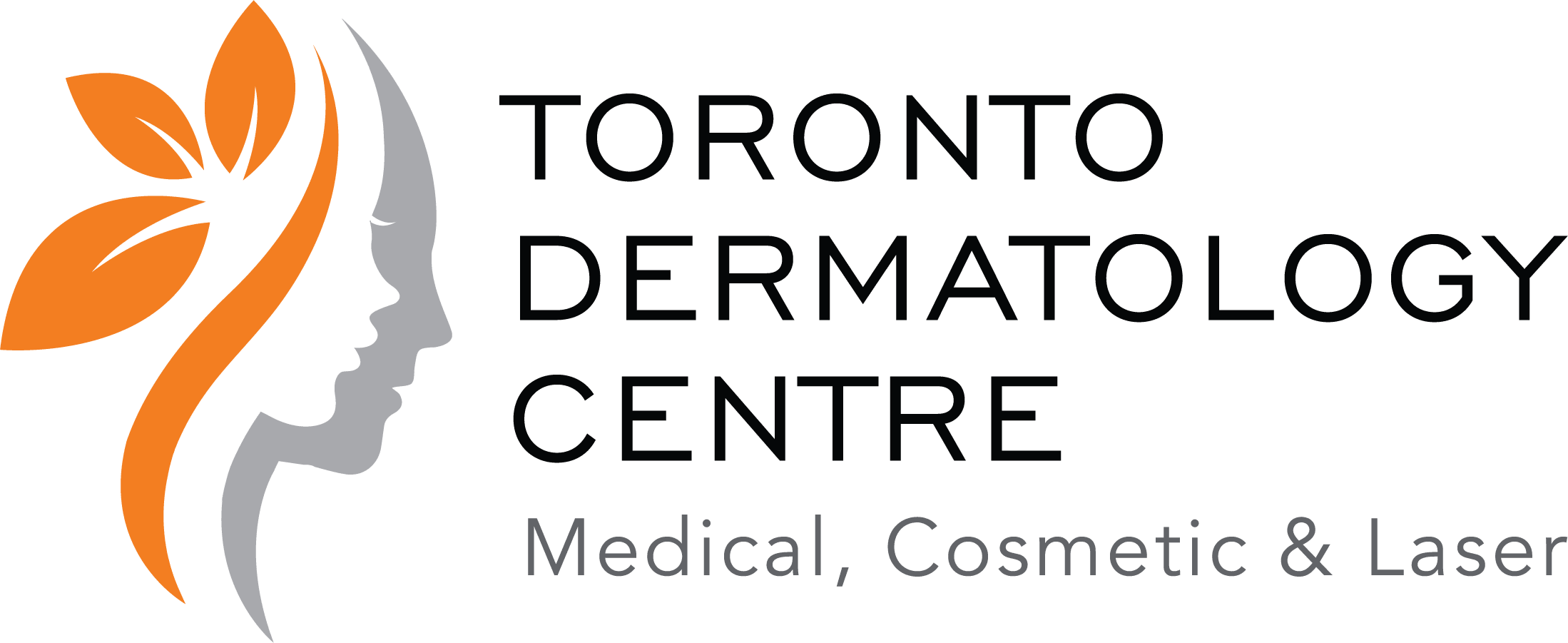Almost all of us have experienced some degree of acne at one point. For some patients, severe acne can lower self-esteem, and acne scars only prolong the emotional impact. Through prevention and treatment, it is possible to improve acne and reduce the potential for scarring. With current technology it is now possible to even reduce the appearance of acne scars.
Acne occurs when a mix of dead skin cells and excess sebum becomes trapped in a hair follicle. Non-inflammatory acne is characterized by whiteheads and blackheads (“comedonal acne”), while inflammatory acne includes papules, pustules, and even sometimes painful cysts and nodules. Inflammatory acne most often leads to scarring, as the rupture of the follicle creates an injury that the skin is unable to repair.
This injury to the skin damages collagen fibers and may cause small depressions, such as pitted or ice pick scars, to develop. The redness and irritation caused by blemishes can also lead to red or dark spots, known as post-inflammatory hyperpigmentation.
Properly treating active acne is key to prevent scars from forming. First and foremost, avoid picking at blemishes: Picking or popping pimples prevents the skin from healing properly and will only exacerbate irritation. Proactive treatment with medical grade products also helps to eliminate mild to moderate acne at the source, thus lessening the chances of scar formation. Cleansing with the Clarisonic Pro 1-2 times a day can clean the skin up to 7 times more effectively than washing with your hands alone. Bacteria is reduced and your home care, or medication, can penetrate the skin up to a whopping 68 times more effectively!
Professional peels, such as MesoEsthetic Glycolic, Salicylic or TCA, can also make a vast difference in improving the appearance of acne scarring. However, these results will only be temporary if the patient is not committed to an at-home regimen. I’ve had great success with my patients using the Obagi Clenziderm system, which includes a salicylic acid face wash, toner, and a benzoyl peroxide treatment lotion. I may also incorporate Skinceuticals Daily Moisture or TNS Recovery Complex®, which enhances speedier rejuvenation of the skin.
While a little bit of sun can improve acne, too much sun can actually make it worse by increasing inflammation and further darkening spots. I recommend diligent use of Elta MD sunblock, reapplied as needed, usually every 2-3 hours when outside. This is especially important if the patient is using products containing retinol or salicylic acid, since these ingredients make the skin more sun-sensitive.
BBL (broadband light) is a non-invasive treatment known as Laser Acne Treatment. It destroys acne bacteria and helps to shrink oil glands. Generally 4-6 treatments are required, and I find my patients get the best results when treatments take place about 7-10 days apart. This relatively painless procedure is indicated for mild to moderate acne, including pustular and comedonal acne, and can be used in conjunction with traditional topical or oral acne therapies.
When addressing scars as opposed to active acne, exfoliation and collagen remodelling treat from the outside in and the inside out. Treatment with retinol and a series of Silk Peels (medical-grade microdermabrasion with a salicylic infusion) will help to smooth the skin’s surface so that skin looks healthier overall. For patients looking to improve scars, both Dermaroller and Profractional Laser have yielded excellent results. The Sciton Profractional uses laser pulses to create microscopic “wounds” in the skin, removing damaged tissue (scars) and allowing fresh, new collagen to be produced in its place. The Dermaroller works in a similar fashion, but without the use of a laser and with less down time.
The aforementioned treatments are especially effective when the patient does their part at home, using topical products with retinol, growth factors and of course, sunscreen. Patients with severe acne and acne scarring will often go to great lengths to improve their skin, understanding that the use of several modalities may be required for the best results.
Though acne scars all have a similar origin, they can take on different appearances as your skin changes over time. Your dermatologist or skin care specialist can cater a treatment plan to your skin type to best stop acne at the source and prevent future scars from forming.
~ Sheri Roselle, Medical Esthetician at Toronto Dermatology Centre
